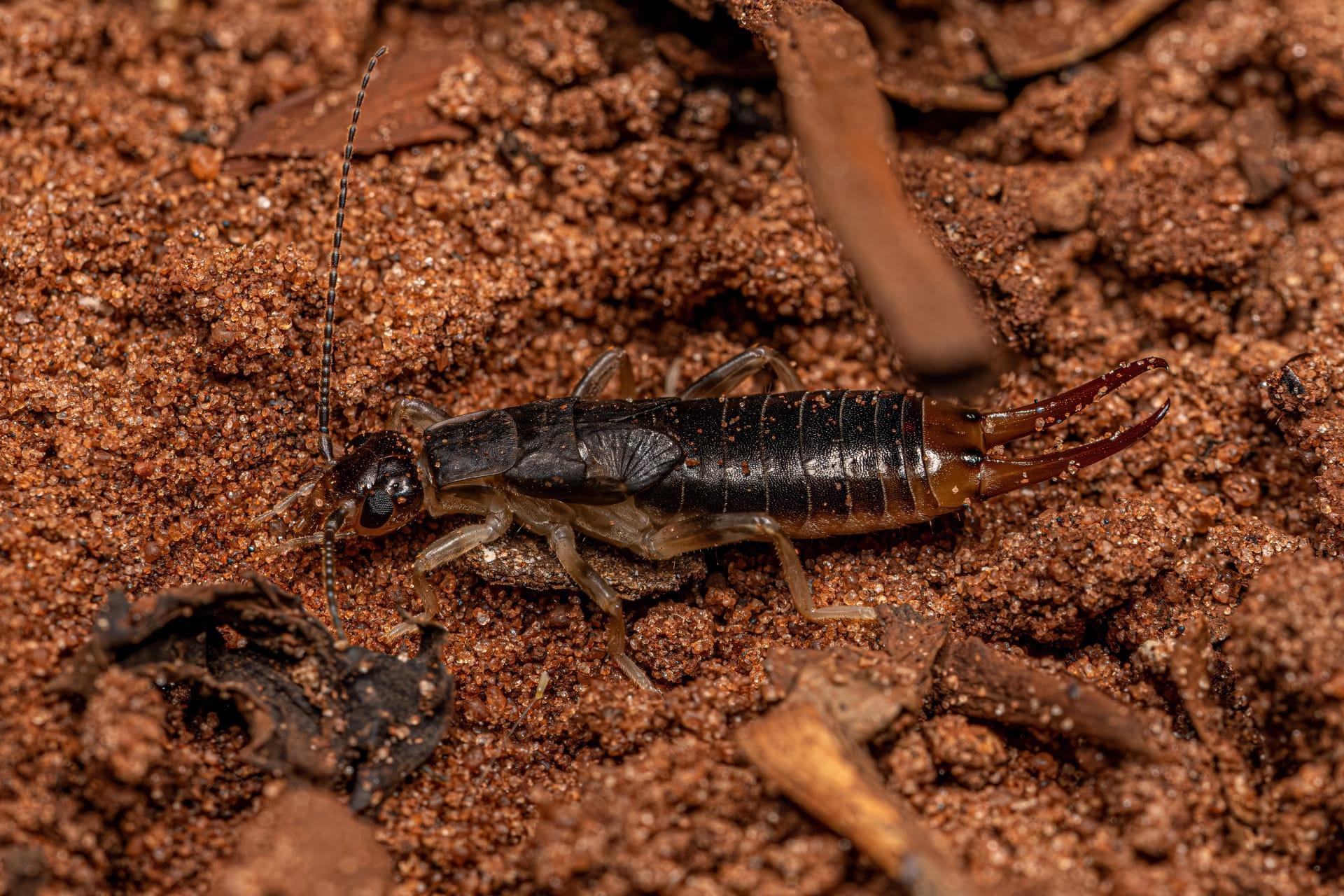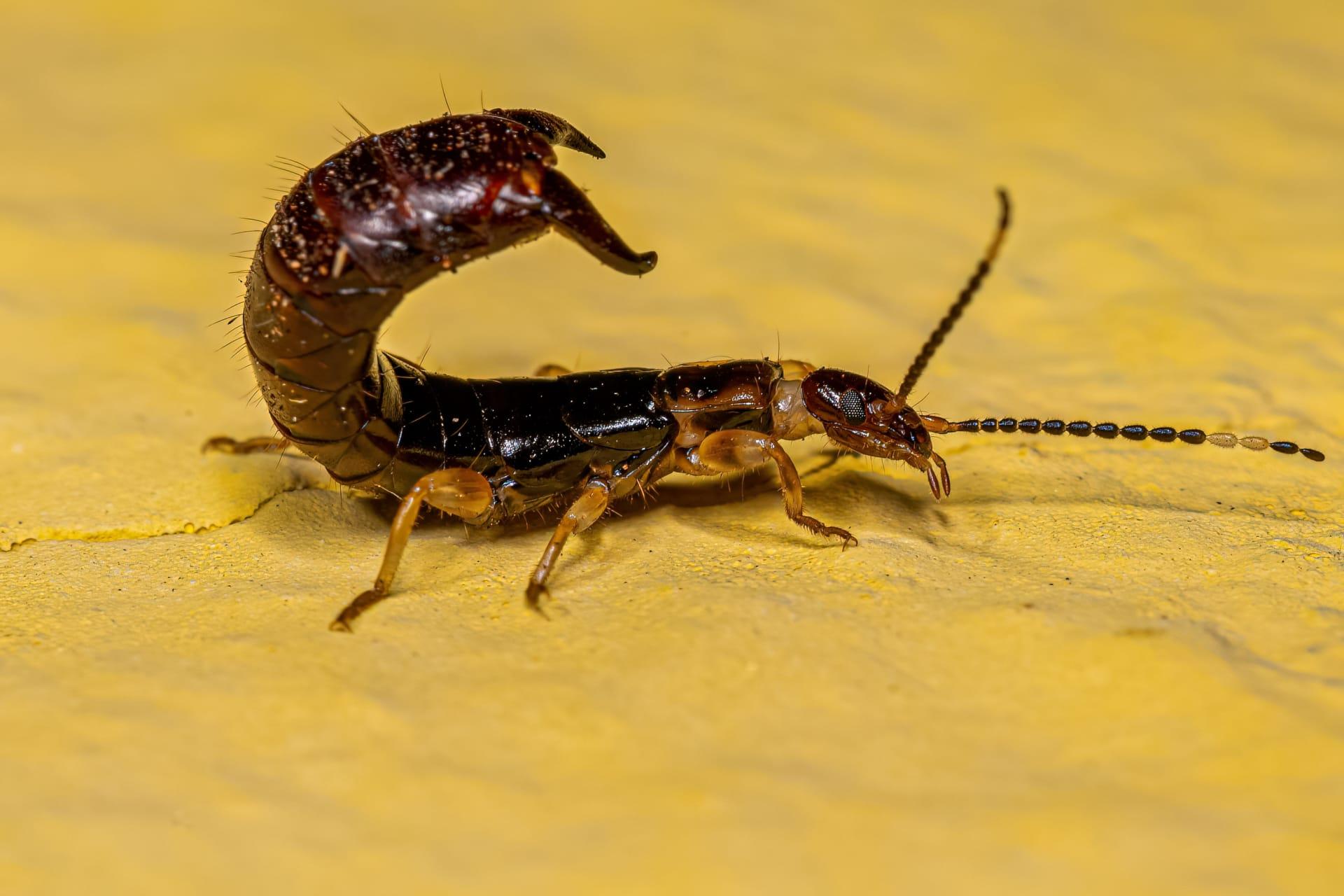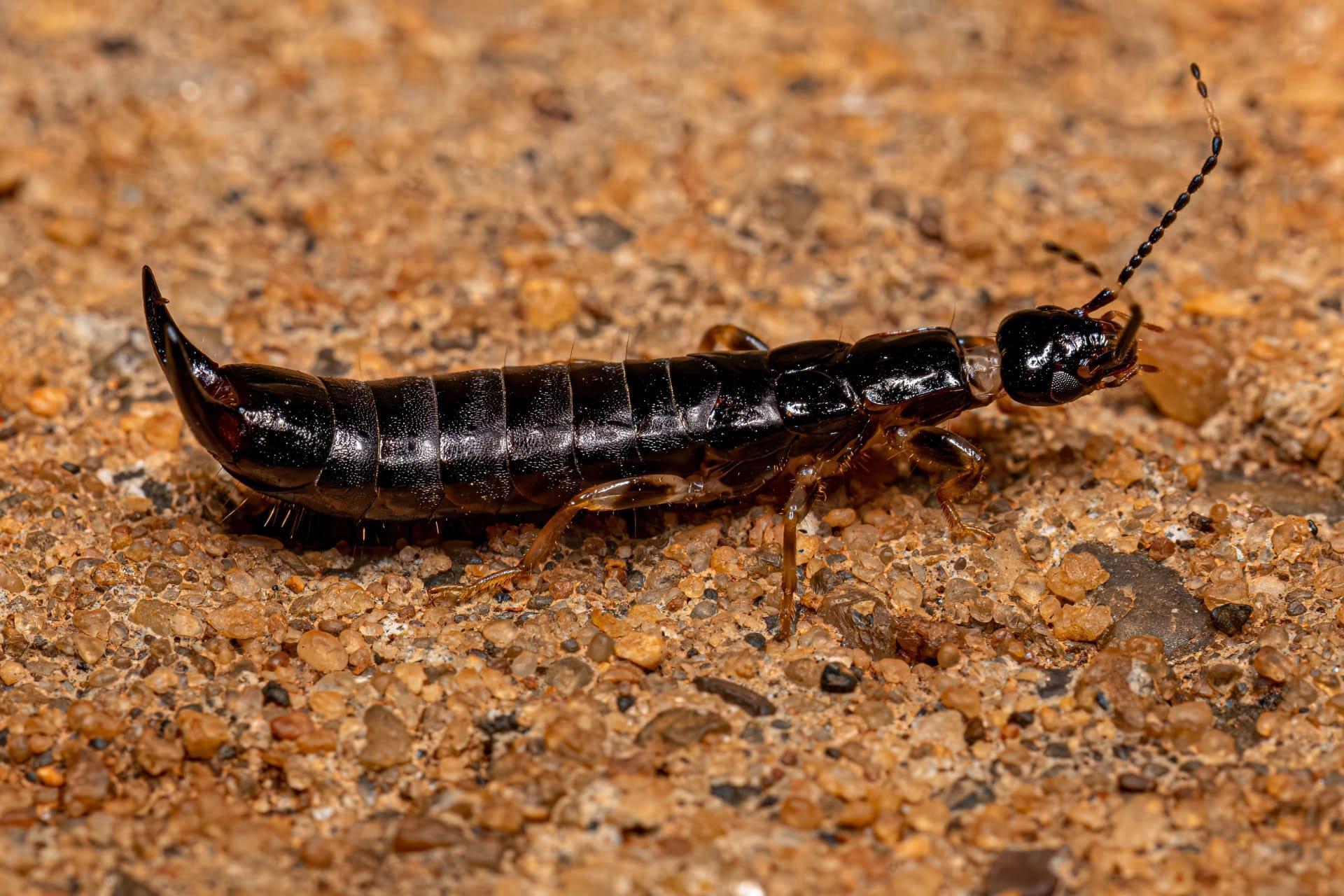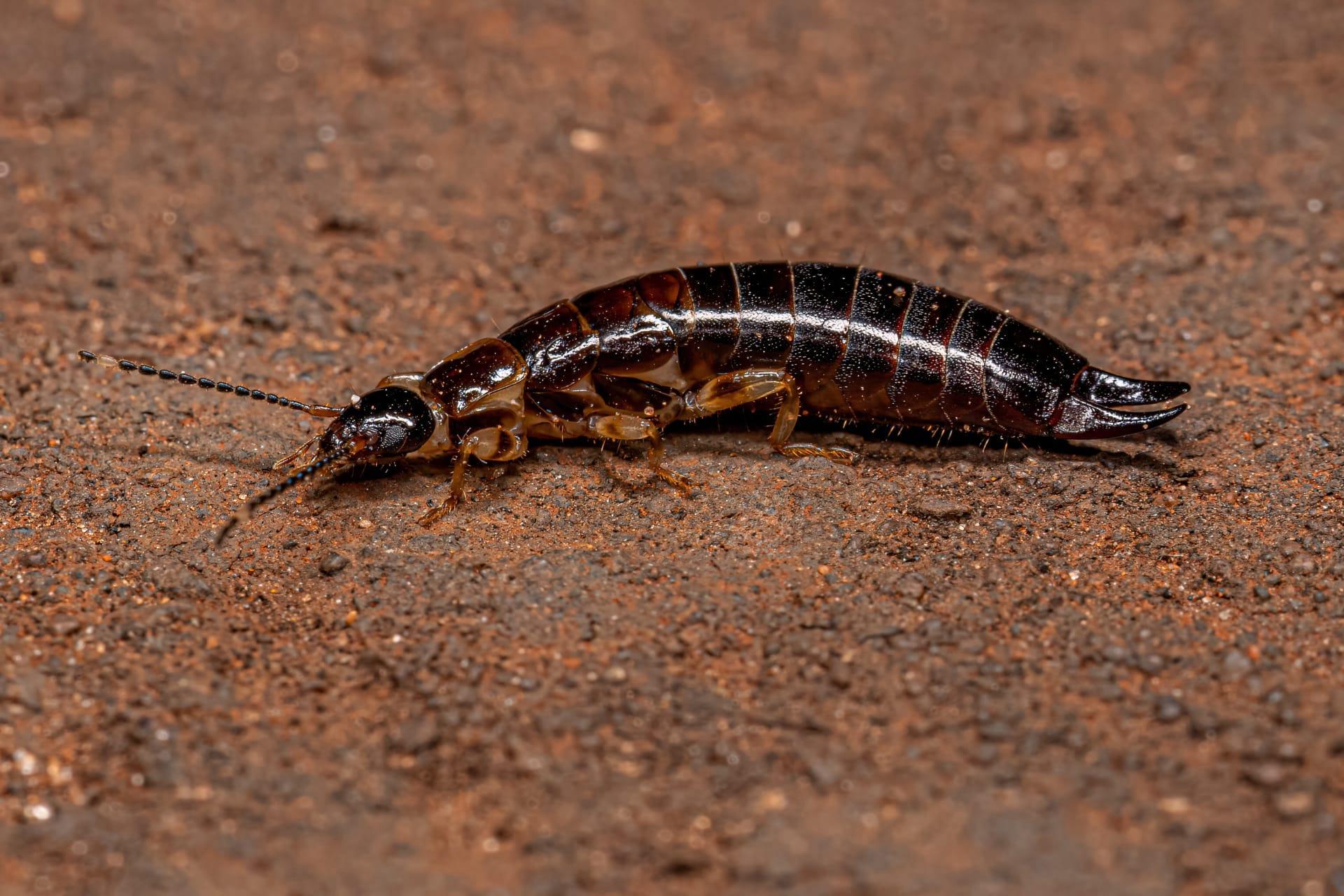Pincher Bug Characteristics
- Home /
- Mini Encyclopedia /
- Animal /
- Pincher Bug Characteristics
1
Pincher bugs, commonly known as earwigs, are fascinating creatures with unique physical characteristics. These insects, typically measuring about half an inch to an inch (1.3 to 2.5 cm) in length, are easily recognized by their elongated bodies and distinctive forceps-like pincers at their rear. These pincers, or cerci, vary in size and shape between species and genders. The lifespan of a pincher bug varies depending on environmental conditions, but they generally live for about one year. During this time, they undergo several stages of development from egg to adult.
The most remarkable organ of the pincher bug is undoubtedly its pincers or cerci. Located at the rear of their body, these pincers serve multiple purposes. In males, they are often larger and more curved, used primarily for mating rituals and territorial battles. Females, having straighter and less pronounced pincers, use them for defense and to protect their eggs. These cerci are also sensory organs, helping pincher bugs to navigate their environment and respond to threats.

2
Question: Do Pincher Bugs Pose a Threat to Humans?
Answer: One common concern about pincher bugs is whether they are harmful to humans. The truth is, pincher bugs are generally harmless. Their pincers can give a slight pinch but are not capable of breaking human skin. Moreover, they do not possess venom, and their primary defense mechanism is to flee rather than fight. They are not known to carry diseases harmful to humans. In fact, pincher bugs are beneficial to gardens as they feed on smaller insects and decaying plant material.

3
Pincher bugs are nocturnal creatures, preferring to move and forage for food under the cover of darkness. They are not particularly fast movers but are adept at squeezing into small spaces. Their movement is characterized by a swift, scuttling motion, which enables them to quickly hide from predators or when disturbed.
In terms of diet, pincher bugs are omnivores with a preference for decaying plant material and dead insects. However, they can also feed on live plant tissues, making them occasional garden pests. They use their strong, pincer-like mandibles to grasp and consume food. During periods of drought, they may also seek moisture, which can lead them into human habitats.

4
Pincher bugs thrive in a variety of environments but prefer moist, dark areas. Common habitats include under rocks, logs, mulch, and in garden debris. They are also often found in basements, bathrooms, and other damp areas of human dwellings. Their preference for humidity is tied to their need to avoid dehydration and find suitable conditions for breeding.
The reproductive behavior of pincher bugs is quite unique. Females lay 20-60 eggs in a nest in the soil. Remarkably, the female pincher bug exhibits maternal care, a rare behavior among insects. She guards and cleans the eggs to prevent mold growth and stays with the young nymphs after they hatch, providing protection until they are capable of fending for themselves. This maternal care improves the survival rate of the offspring.

5
Book: "The Secret World of Earwigs: Uncovering the Mysteries of Pincher Bugs" by Dr. Linda S. Rayor. This insightful book, published in the United States in 2018, delves into the misunderstood world of pincher bugs. Dr. Rayor, an entomologist, combines scientific research with engaging narratives to explain the life cycle, behavior, and ecological role of pincher bugs. The book is particularly praised for its detailed photographs and practical advice on managing pincher bugs in gardens.
Book: "Earwigs: Guardians of the Soil" by Prof. Michael E. Archer. Published in the UK in 2020, this book explores the ecological significance of pincher bugs. Prof. Archer, a renowned biologist, presents a comprehensive study of the species' contributions to soil health and biodiversity. The book is appreciated for its thorough research and clear, accessible writing style, making it suitable for both scientists and general readers interested in understanding the ecological impact of these often overlooked creatures.